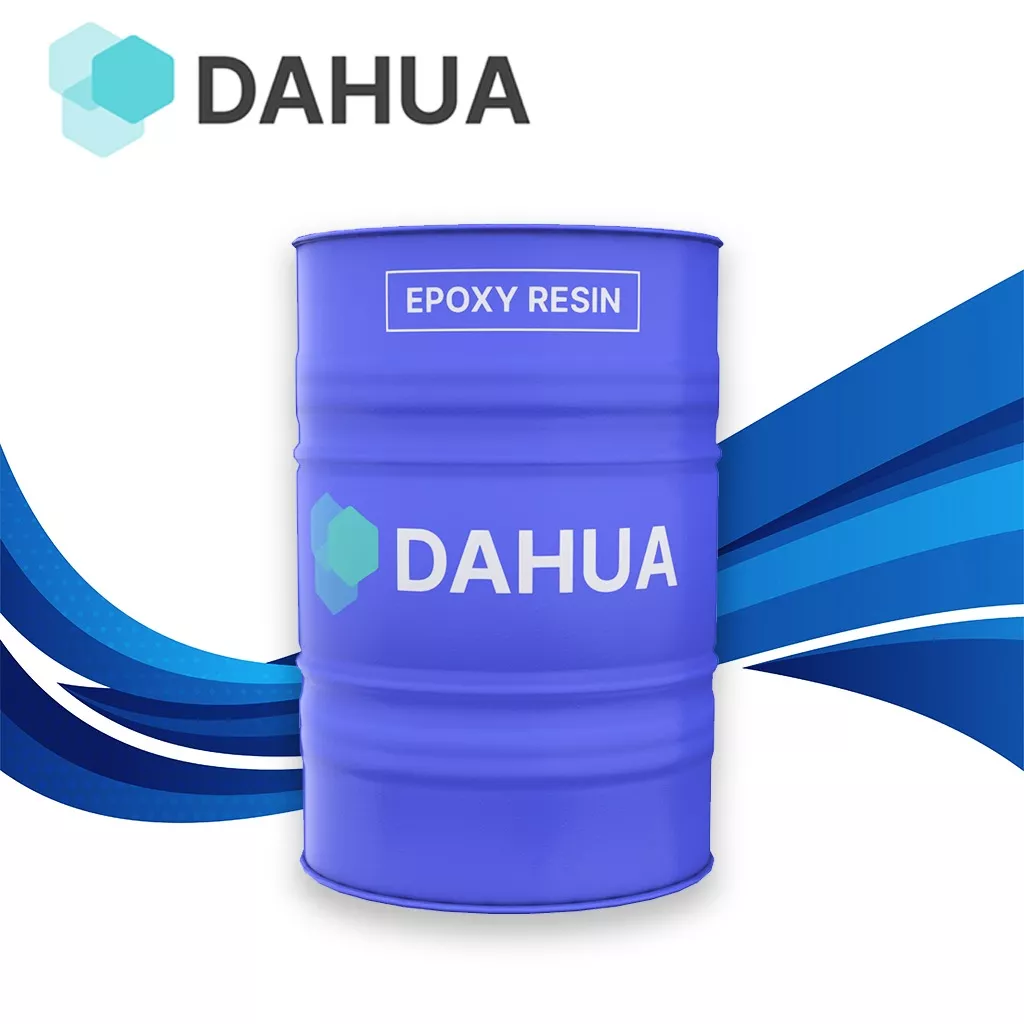Description
Diethylenetriamine (DETA) is a linear ethyleneamine with two primary amine groups and one secondary amine group. It is a clear, colorless liquid with a strong ammonia-like odor. DETA is widely used in chemical synthesis due to its reactivity, particularly in applications requiring amine functionalization.
Key Features & Applications
- Chemical Reactivity :
- Acts as a versatile amine reactant for carboxylic acids, phosgenation, and epoxide curing
- Has three amine groups (two primary, one secondary), enabling multiple reaction pathways
- Applications :
- Epoxy Curing Agents : Accelerates curing in epoxy resins (similar to TETA but with higher vapor pressure)
- Decontaminating Agents : Used in formulations like DS2 for chemical decontamination
- CO₂ Capture : Reacts with CO₂ via one reaction site (compared to four in TETA), making it less efficient than TETA for this purpose
- Fuel & Lubricant Additives : Enhances performance in oil and fuel formulations
- Adsorbents : Used in zeolite-based adsorbents for hydrogen storage
- Advantages :
- Lower cost compared to TETA for certain applications.
- Faster reaction kinetics due to higher vapor pressure
Technical Specifications
Chemical Identity
- CAS Number : 111-40-0
- Molecular Formula : C₄H₁₂N₄ (MW = 103.2 g/mol)
- Synonyms : N’-(2-Aminoethyl)ethane-1,2-diamine
Physical Properties
|
PROPERTY |
DETAILS |
|
Appearance |
Clear, colorless liquid |
|
Viscosity |
Not specified in sources, but likely moderate (similar to amines like TETA) |
|
Melting Point |
Not explicitly stated in sources (likely low, as amines are liquid at RT) |
|
Boiling Point |
~227°C (estimated based on similar amines; not explicitly stated) |
|
Flash Point |
Not specified in provided data |
|
Density |
~1.0 g/cm³ (assumed from similar amines) |
Chemical Properties
- pH (100% Solution) : Strongly alkaline (similar to TETA’s pH 13)
- Solubility :
- Water : Soluble.
- Organic Solvents : Mixes with acetone, methanol, and ethanol
Safety & Handling
- Odor : Strong ammonia-like smell
- Flammability : Higher than TETA (exact classification not provided)
- Handling Precautions :
- Wear protective gear (gloves, goggles) due to skin/eye irritation.
- Avoid inhalation of vapors.
DETA vs. TETA Comparison
|
ASPECT |
DETA |
TETA |
|
Amine Groups |
2 primary, 1 secondary |
2 primary, 2 secondary |
|
Vapor Pressure |
Higher than TETA (less suitable for sensitive applications) |
Lower (better for processes requiring minimal evaporation) |
|
CO₂ Reactivity |
1 reaction site |
4 reaction sites (more effective for CO₂ capture) |
|
Chelating Power |
Weaker chelating agent |
Stronger chelating agent (e.g., for copper) |
Applications Table
|
APPLICATION |
DETAILS |
|
Epoxy Curing |
Used in DGEBA epoxy systems; faster curing but less stable than TETA |
|
CO₂ Capture |
Less efficient than TETA but cost-effective for low-demand scenarios |
|
Adsorbents |
Enhances hydrogen storage in zeolite matrices |
|
Decontamination |
Key component in DS2 decontaminating agents |


